|
During the zoom-meeting on Saturday evening for my online goldwork class 'Imperial Goldwork Course' we stumbled upon the sizing systems for metal threads. Some students from the US had trouble finding the correct sizes of purls mentioned in the PDF-handouts as they claimed that the sizing system in the US is different from that used in Europe. They mentioned that on the websites of Garibaldi's Needleworks and Berlin Embroidery the sizing would run in such a way that the higher the number the thicker the metal thread. This was opposite to my sizing system mentioned in the PDF-handouts. This was new to me. Immediately after class, I started to investigate. However, on the aforementioned websites, I found exactly the same measuring system as I was using. After a while, I realised what had happened. A quick email to the said students confirmed my suspicion. It was a stark reminder that, for somebody starting with goldwork embroidery, it can be a jungle out there! Let me clear the confusion. In the first eight lessons of the Imperial Goldwork Course, we learn about the different forms of cutwork used in 19th-century goldwork embroidery. For cutwork you normally use: smooth purl, rough purl, wire check and bright check. These purls have a sizing system that runs from #4 (the wire with the largest diameter) to #10 (the wire with the smallest diameter). For the course we use the larger #6 and the smaller #8 as they are the two most commonly used sizes. An opposite sizing system is used for pearl purl. It runs from Very Fine (the wire with the smallest diameter) to #3 or #4 (the wire with the largest diameter) depending on the manufacturer. Said students had previously worked kits with pearl purl in them and logically assumed that the higher the number the fatter the metal thread. One word of warning here: whilst the sizing system in the English-speaking world is the same for metal threads, the sizing system in the German-speaking world is different. Although I am based in Germany, I use the English sizing system as it is the most common system used by goldwork embroiderers. Oh, and the French system differs too :). Another student mentioned that it would be a wonderful idea if I would measure the diameter of the purls the students need to use and then tell them that number instead of the sizing system commonly used. Although I mentioned that my gut feeling was that this would be rather cumbersome for a number of reasons (measuring accuracy would be difficult to maintain and all students would need high-speck calipers too), the said student was not convinced. What does every good teacher do? Investigate! Here we go. As I have been an archaeozoologist for 15 years and measured 100-thousands of animal bones with scientific digital calipers, I still had several pairs laying around the house. The pair I used are made by Milomex Services in the UK. The measuring range is 0-150 mm with a resolution of 0.01 mm. Measuring accuracy is: 0-100 mm +/- 0.02 mm and 100-150 mm +/- 0.03 mm. This means that if you measure something that's between 0 and 100 mm the inaccuracy is +/- 0.02 mm and for something between 100-150 mm it is +/- 0.03 mm. As the smaller purls have tiny diametres, this measuring accuracy is potentially important. Apart from the measuring inaccuracy innate to the calipers, there is the problem of the metal threads being rather soft compared to the tips of the caliper. It is therefore rather easy to squash your metal threads ever so slightly and getting a wrong (lower) diametre. To prevent the very pointy tips of the caliper to slide between the coils of the purls, I placed the purls between the broader parts of the caliper's tips (see picture above). To further try to minimise the measuring error caused by the relative softness of the metal threads, I took multiple readings of each wire sample and noted the average. What were my findings? As my gut feeling told me and the measurements confirmed: samples from different manufacturers can differ. Even different samples from the same manufacturer can differ. What are the sizes of the most common metal threads used according to my measurements? - gilt or silver-plated bright check #6: 1.1 mm - gilt or silver-plated rough purl #6: 0.9-1.1 mm - gilt or silver-plated smooth purl #6: 0.9 mm - gilt or silver wire check #6: 1.2-1.3 mm - gilt or silver-plated bright check #8: 0.9-1.0 mm - gilt or silver-plated rough purl #8: 0.7 mm - gilt or silver-plated smooth purl #8: 0.7-0.8 mm The results are discrete enough that it is possible to distinguish between #6 and #8 purls when you accurately measure their diametre. Can these measurements assist you when you want to buy goldwork supplies? Not so much. For instance, on the website of Berlin Embroidery you will find that the measurements are approximately: - gilt or silver-plated bright check #6: 1.5 mm - gilt or silver-plated rough purl #6: 1.5 mm - gilt or silver-plated smooth purl #6: 1.5 mm - gilt or silver wire check #6: 1.5 mm - gilt or silver-plated bright check #8: 1.0 mm - gilt or silver-plated rough purl #8: 1.0 mm - gilt or silver-plated smooth purl #8: 1.0 mm As Tanja Berlin and I use the same goldthread suppliers, her measurements should have been exactly the same as mine. Instead, they differ (she probably used a ruler to measure the purls). As a beginning goldwork embroiderer, what would you have bought from for instance Berlin Embroidery when I would have told you that we are going to use a gilt smooth purl with a diameter of 0.9 mm? You would probably have ordered a #8 from Tanja Berlin's website and then have ended up with a wire that could have had a diameter 0.2 mm smaller than I am using. This does not sound like much, but it makes a huge difference. By just ordering the #6 as stated in my PDF-handout you would have ended up with the correct thread. That's why we use the numbering system instead of accurately measuring the diameter of the threads. Besides, not all goldthread suppliers state the diameter nor do most teachers or books. And as every good scientist should do, you can find the raw data in the document below.
8 Comments
22/6/2020 15:01:38
You are welcome Meri! I am a self-proclaimed magpie :). And before Saturday evening, I never had any trouble with the sizing systems of goldthreads. Yes sometimes threads were a bit bigger or a bit smaller than expected and the colour of the gold can differ widely too. But I always see these differences as opportunities rather than setbacks.
Reply
23/6/2020 16:45:30
My nearest shop with goldwork threads, apart from my own webshop, would be Vienna. That's a rather long bike ride :).
Reply
Thank you for this, Jessica. I can’t say I’ve ever gone to the trouble of measuring the diameter of threads, but your comments on the different measuring ‘systems’ for the different threads is something I think I’ve not consciously been aware of before! Whoever came before us didn’t like to make life easy did they?!
Reply
Julian Keeley
27/6/2020 23:49:34
Jessica
Reply
28/6/2020 09:00:00
Thank you Julian! I think what lies at the roots of most of this is the fact that gold threads are now only manufactured by the last of their kind. Usually people well past retirement age working under huge pressure to keep everything going. I noticed you were measuring pearl purl. With the other purls, I never had a real problem as they are relatively consistent in size (just not the size stated on some websites). But with pearl purl, the labeling is more often wrong. The same with spangles.
Reply
Your comment will be posted after it is approved.
Leave a Reply. |
Want to keep up with my embroidery adventures? Sign up for my weekly Newsletter to get notified of new blogs, courses and workshops!
Liked my blog? Please consider making a donation or becoming a Patron so that I can keep up the good work and my blog ad-free!
Categories
All
Archives
July 2024
|
||||||
Contact: info(at)jessicagrimm.com
Copyright Dr Jessica M. Grimm - Mandlweg 3, 82488 Ettal, Deutschland - +49(0)8822 2782219 (Monday, Tuesday, Friday & Saturday 9.00-17.00 CET)
Impressum - Legal Notice - Datenschutzerklärung - Privacy Policy - Webshop ABG - Widerrufsrecht - Disclaimer
Copyright Dr Jessica M. Grimm - Mandlweg 3, 82488 Ettal, Deutschland - +49(0)8822 2782219 (Monday, Tuesday, Friday & Saturday 9.00-17.00 CET)
Impressum - Legal Notice - Datenschutzerklärung - Privacy Policy - Webshop ABG - Widerrufsrecht - Disclaimer

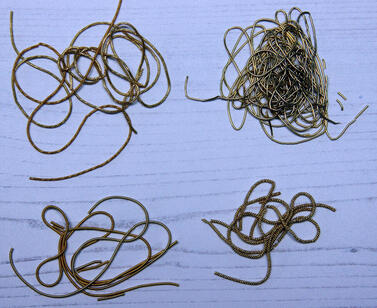
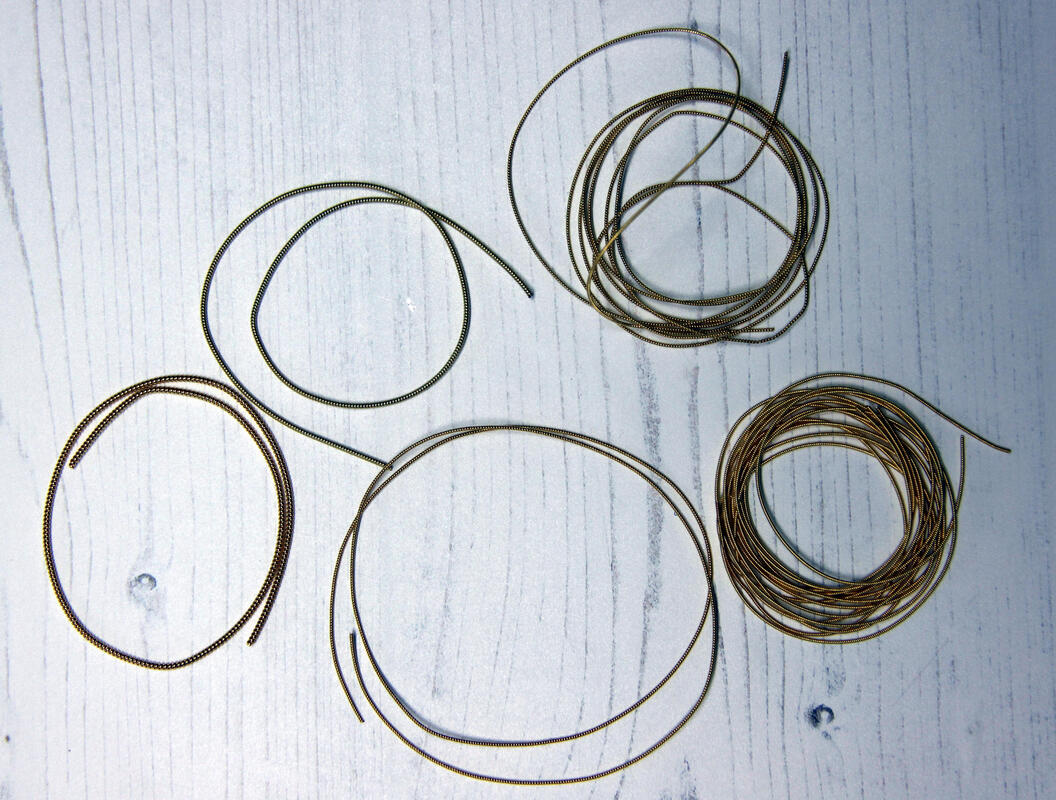
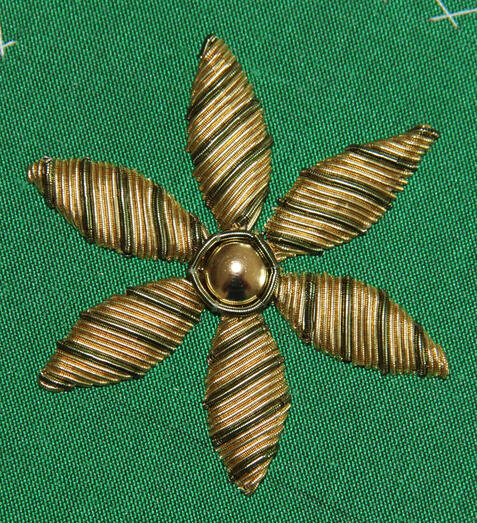
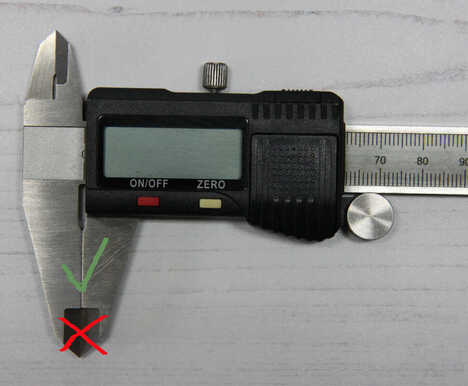
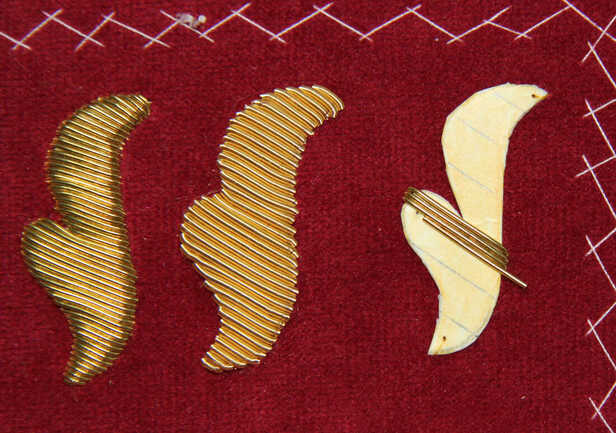





 RSS Feed
RSS Feed